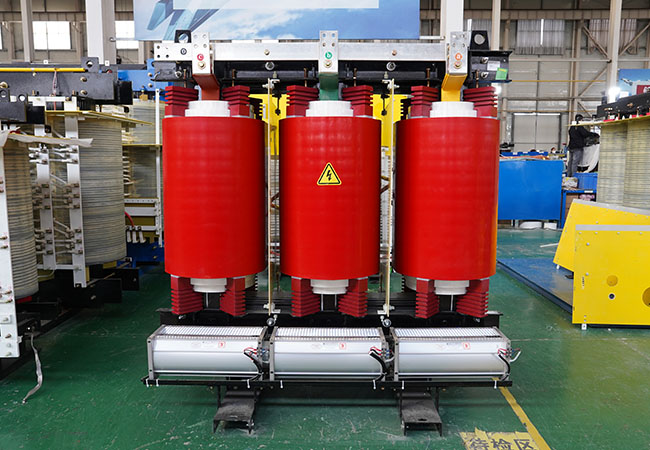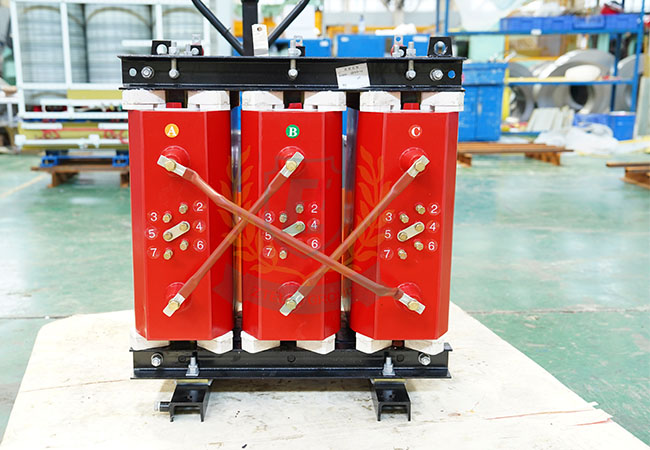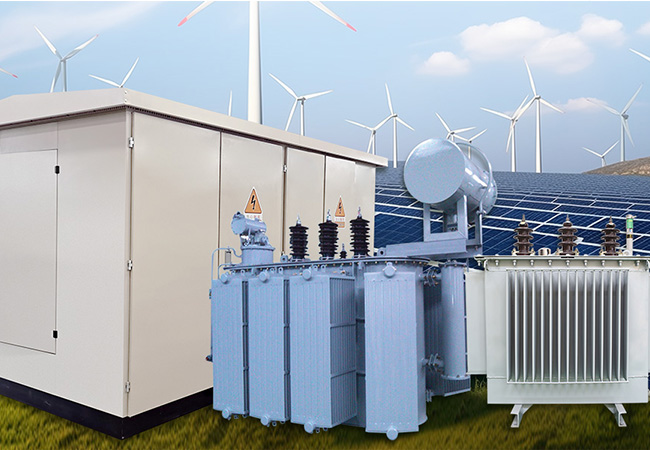Dry Type Distribution Transformer
07-11 2025 | By:
Dry Type Distribution Transformers
Introduction
dry type distribution transformers continue to play a pivotal role in modern electrical infrastructure. These transformers, which utilize air or solid insulation instead of liquid coolants, offer superior safety, environmental sustainability, and operational efficiency. This article provides a comprehensive analysis of their technical specifications, key parameters, and diverse application scenarios across industries.
1. Technical Specifications and Key Parameters
1.1 Electrical Characteristics
- Voltage Ratings:
- Primary voltage: 400V to 36kV (common range)
- Secondary voltage: 230V, 400V, 480V, or 690V (standard low-voltage outputs)
- Frequency compatibility: 50Hz/60Hz (region-dependent)
- Power Capacity:
- Standard range: 25kVA to 2,500kVA
- High-capacity variants: Up to 10MVA for industrial use
- Efficiency Standards:
- Complies with IEC 60076-11 and IEEE C57.12.01
- Typical efficiency: >98% at full load
1.2 Thermal and Insulation Properties
| Parameter | Specification |
|---|---|
| Insulation Class | Class F (155°C) / Class H (180°C) |
| Cooling Method | AN (natural air) / AF (forced air) |
| Temperature Rise | ≤110°C (Class F) / ≤125°C (Class H) |
1.3 Construction and Materials
- Core: Grain-oriented silicon steel (low hysteresis losses)
- Windings: Copper (high conductivity) or aluminum (cost-effective)
- Enclosure Protection: IP00 (open) to IP65 (fully sealed)
1.4 Performance Metrics
- No-load Losses: 0.2–0.5% of rated power
- Load Losses: 1–3% (depends on winding material)
- Short-Circuit Impedance: 4–6% (standard for grid stability)
2. Application Scenarios
2.1 Industrial Sector
- Manufacturing Plants: Power CNC machines, conveyor systems, and automation lines.
- Hazardous Environments: Oil refineries and chemical plants (explosion-proof design).
- Data Centers: Critical for uninterrupted power supply (UPS integration).
2.2 Commercial and Public Infrastructure
- Hospitals: Ensure safety in life-support systems (no fire risk).
- Shopping Malls: Compact designs for space-constrained electrical rooms.
- Airports/Railways: Backup power for control systems and lighting.
2.3 Renewable Energy Integration
- Solar Farms: Step-up transformers for grid connection (11kV/33kV).
- Wind Turbines: Medium-voltage distribution (dry type resists humidity).
2.4 Urban and Residential Use
- High-Rise Buildings: Vertical installation in utility shafts.
- Smart Cities: Compatible with IoT-enabled power monitoring.

3. Advantages Over Liquid-Filled Transformers
- Safety: Eliminates fire risks from oil leaks.
- Eco-Friendly: No toxic fluids; 100% recyclable materials.
- Low Maintenance: No oil testing or containment systems required.
- Flexibility: Can be installed indoors or outdoors (with proper enclosures).
Conclusion
Dry type distribution transformers are indispensable in today’s energy landscape, combining technical robustness with environmental responsibility. Their specifications—spanning voltage ranges, insulation classes, and efficiency metrics—make them adaptable to industries ranging from heavy manufacturing to smart cities. As global regulations tighten on fire safety and sustainability (e.g., the EU’s EcoDesign Directive), these transformers will remain a cornerstone of modern power distribution.
You may also find these interesting:





